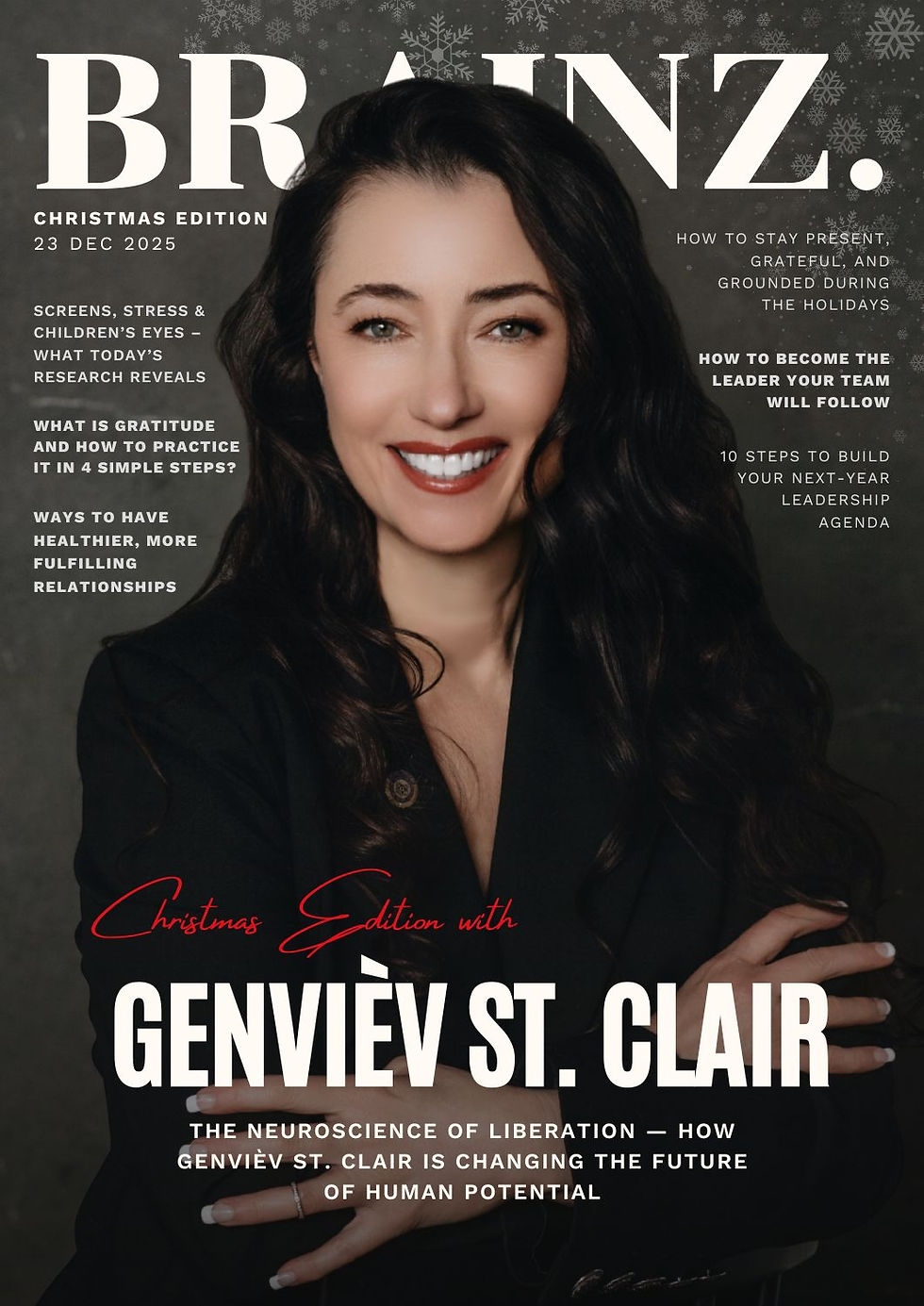Mergers and Acquisitions – A Structured Approach
- Brainz Magazine

- Aug 25
- 3 min read
Written by Lee Selsick, Director of Strategy & Design
Lee Selsick is a renowned expert in design-driven business growth. He is the founder of Next Brand, a Melbourne-based design consultancy, and a thought leader in leveraging design as a driver of profitability.

Behind every merger sits a promise: greater reach, stronger markets, accelerated growth. But when multiple brands collide without direction, the stories can fracture. Employees lose focus, customers lose trust, and investors lose patience. Getting your brand architecture right isn’t optional; it’s the difference between momentum and meltdown.

Mergers and acquisitions are meant to deliver momentum, scale, access to markets, and fresh opportunities. But once the headlines fade, the real work begins. And too often, what leaders inherit isn’t momentum at all. It’s a messy brand stew: overlapping identities, competing sub-brands, and a tangle of legacy assets no one is quite sure how to use.
Left unresolved, this stew isn’t just confusing. It’s corrosive. Employees lose clarity about which flag they’re marching under. Customers begin to question who you really are. Investors wonder where the promised synergies have gone. The impact is human first, lost trust, fading motivation, and a fractured culture. The result? Revenue drops, costs rise, and the deal that was meant to create value begins to destroy it.
Why brand clarity matters
Your brand is the story people inside and outside the business believe in. When that story splinters, the energy of the merger leaks away. Staff morale falters, customer loyalty weakens, and the organisation starts drifting. Brand clarity restores focus. It tells people, employees, partners, shareholders, customers, that the business knows exactly who it is, and where it’s headed.
But how do we address this when a merger throws a new range of businesses, brands, and sub-brands into the mix?
1. Audit the brand portfolio
Catalogue every brand, sub-brand, and asset. But go beyond ownership and IP value, ask what each brand means to the people connected to it. Some may carry decades of emotional weight that can’t be read off a balance sheet. Look for synergies and outliers.
2. Define a unifying vision
Decide what the brand architecture should feel like to your audience, not just how it looks on an org chart. Do customers see a trusted master brand? Do employees feel part of one culture? Does the structure simplify choice, or complicate it?
3. Map equity in both numbers and sentiment
Yes, measure revenue, awareness, margins. But also measure the pride of staff, the heritage of customers, and the symbolic capital carried by certain names. These intangibles often determine whether change is embraced or resisted.
4. Expose duplication and friction
Identify overlaps where brands compete for the same wallet or teams duplicate effort. Quantify the cost of confusion, extra marketing spend, duplicated product lines, and lost cross-selling opportunities. Seek efficiency's sake and remove noise that dilutes focus.
5. Choose the right relationships
Brand decisions exist on a spectrum between continuity and change. Some names should stay, some should merge, and others need to go. Remember, every retirement or consolidation sends a powerful signal to your people and the market.
6. Anticipate human reactions
M&A brand integration is emotional. Customers may feel betrayed when a favourite disappears. Employees may grieve the loss of an identity they’ve carried for years. Acknowledge this openly. Engagement rises when leaders show empathy, not just spreadsheets.
7. Signal intent early and decisively
Time doesn’t heal brand confusion. The longer decisions are delayed, the more mistrust spreads. Communicate your direction clearly and quickly. Stakeholders may not all like it, but they will respect the honesty and certainty.
The shake-up
Every brand decision is ultimately a people decision. Each name you keep, merge, or retire is a statement about the kind of organisation you intend to become. Employees will either rally or drift depending on how clear that statement is. Customers will either follow or defect. Investors will either double down or walk away.
Brand clarity is about alignment. When people can see themselves in the story, they bring their energy to making it real. And in the end, that human energy is the most valuable synergy any merger can create.
Build clarity, unlock value
At Next Brand, we work with ambitious organisations to transform brand complexity into advantage. Clear, deliberate brand architecture strengthens market position, builds equity, aligns people, and accelerates growth.
If you’re ready to capture that potential, contact Lee on +61 424 253 716 or lee@nextbrand.com.au.
Read more from Lee Selsick
Lee Selsick, Director of Strategy & Design
Lee Selsick is a renowned expert in brand strategy and design-driven business growth. He is the founder of Next Brand, a Melbourne-based design consultancy, and a thought leader in leveraging design as a critical driver of profit and sustainability. With over two decades of experience, Lee helps ambitious brands unlock their potential through innovative strategies and creative solutions.










.jpg)